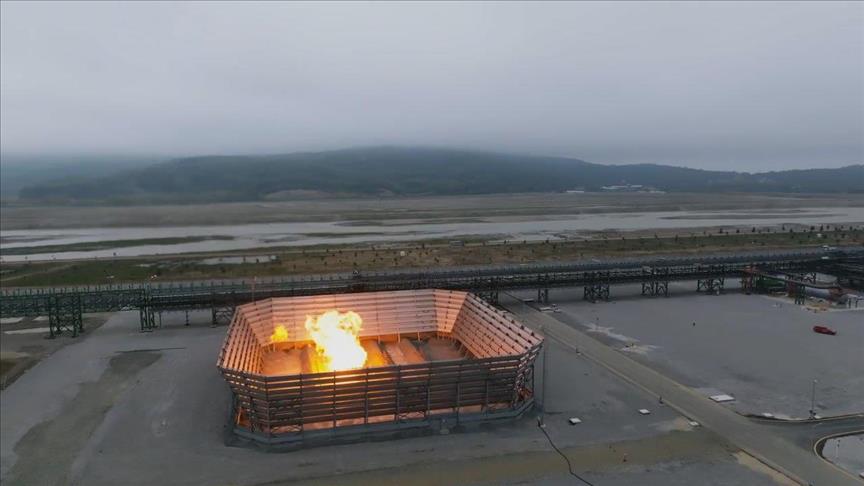A colder-than-expected winter in 2024/25 triggered price volatility across European gas markets, boosting storage withdrawals and LNG imports as pipeline supply remained constrained, according to the latest quarterly review by the Oxford Institute for Energy Studies (OIES).
The report noted that front-month TTF futures peaked at €57.32 per megawatt-hour on February 11, driven by weather-related demand for heating and power generation.
Despite the end-of-winter decline, prices in the first quarter of 2025 remained significantly elevated compared to recent years, attracting LNG cargoes to Europe, especially amid weakening demand from China.
‘February peak was underpinned by both demand and supply factors discussed later in this report, with a year-on-year increase in weather-related gas demand for power generation and space heating and the end of Russian pipeline supply via Ukraine as key contributory factors,’ the report stated.
European LNG imports surged by 6 billion cubic meters (bcm) year-on-year in the first quarter of 2025, with cargoes redirected from Asia due to a 25% drop in Chinese demand and new production from the Plaquemines LNG project in the US. The result was a rebound in European LNG send-out, particularly in Northwest Europe and the UK.
Despite tight global LNG conditions, total European gas supply grew by 9.1% in the first quarter of 2025 compared to the previous year, reaching 142 bcm.
Storage withdrawals hit 64.9 bcm for the entire winter, 66% higher year-on-year, leaving inventories 22.5 bcm lower by April 1.
Looking ahead, Europe faces the challenge of refilling storage during the summer despite weak price signals. With limited upside potential from domestic production or pipeline imports, Europe will likely lean further on LNG to meet storage targets.
The report warned that if market tightness persists and storage replenishment lags, Europe could enter the 2025/26 winter in a vulnerable position.
While seasonal spreads have slightly improved, analysts at OIES argue they may not be sufficient to incentivize the scale of summer injections needed—raising the risk of renewed volatility later in the year.

